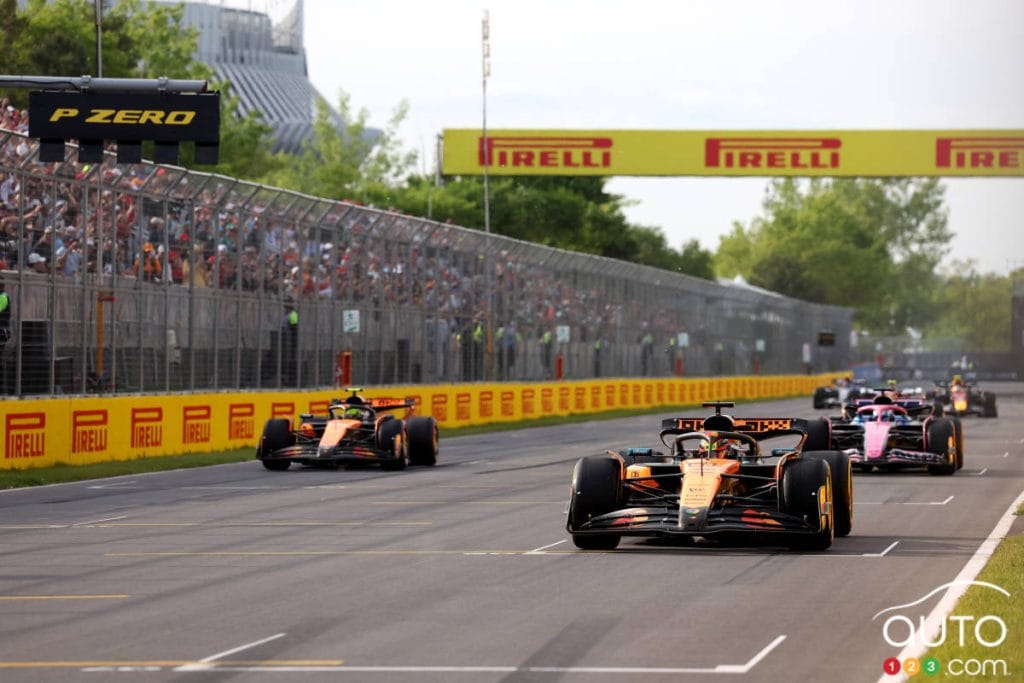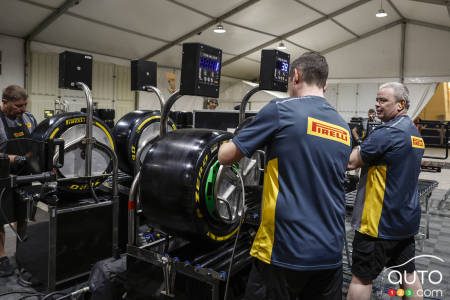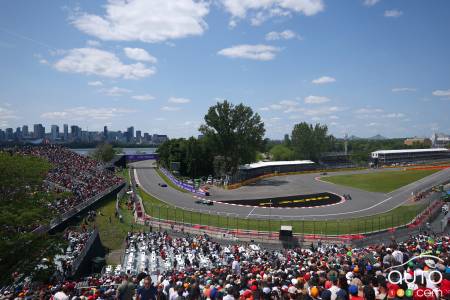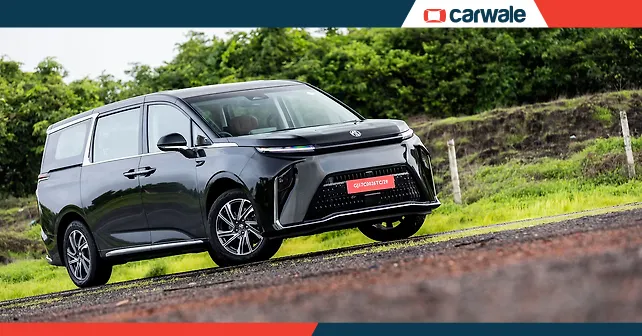
This past weekend, the roar of Formula 1 engines once again vibrated through Montreal. On the Circuit Gilles-Villeneuve, beyond the performance of the drivers and the aerodynamics of the single-seaters, a crucial player operated in the shadows: Pirelli.
As the exclusive tire supplier for F1, the Italian manufacturer doesn’t just equip the world’s fastest cars – it transforms each race into an open-air laboratory, resulting in innovations that later find their way onto our cars.
Mario Isola, the director of Pirelli Motorsport | Photo: K.SOLTANI
A challenge of consistency and strategy, far from competition
Unlike the racing teams, Pirelli isn’t in direct competition on the track. Its challenge is strategic and technical, a responsibility that falls primarily to Mario Isola, Pirelli Motorsport Director. His job is to navigate between the often divergent demands of various stakeholders: the FIA for regulatory compliance, Formula 1 for the spectacle and the teams and drivers for performance and safety.
Pirelli’s strategy is to provide a product that meets precise objectives, formalized each year in a “target letter” agreed upon with the governing bodies. That document defines the expected tire characteristics, such as the lap time delta between different compounds or the desired level of degradation to spice up race strategy.
“We are not in competition, so our challenges are slightly different,” explains Isola. “We must guarantee the integrity and consistency of the product.” This requirement is absolute. Every tire must be rigorously identical to ensure complete sporting fairness. An F1 rear tire weighs approximately 13 kg, and Pirelli must guarantee a weight tolerance of only plus or minus 100 grams.

| Photo: Pirelli
The logistics behind the operation are a complex choreography. For each Grand Prix, around 1,800 tires are transported. Explains Isola, “On each tire there is a barcode provided by the FIA.” Pirelli sends the list of barcodes to the FIA, which then decides on the allocation for each team. “It’s not our decision.”
Once the allocation is received, Pirelli’s teams must sort and mount all tires on the rims in record time: this process begins on Wednesday morning and continues until Thursday.
The teams, for their part, are constantly trying to push the limits to gain a few tenths of a second. To counter this, Pirelli and the FIA have implemented a strict monitoring system that controls real-time data to ensure that the tires are used according to specifications. In F1, teams must adapt the car to the tire, not the other way around. It’s up to the most skilled team to understand and best utilize the provided rubber.

| Photo: Pirelli
From track to road: Direct technology transfer
While the world of F1 seems light-years away from everyday driving, the link is direct. “In one word: technology,” asserts Isola. “What we develop and test in Formula 1, we can transfer to road tires.”
The first example is virtual modelling. To develop the 18-inch tires introduced in 2022, Pirelli tested 70 different specifications in a virtual environment, but only 30 on the track. This approach, born from the needs of F1, is now applied to the entire range, allowing for faster and more sustainable development.
The second major transfer concerns materials. F1 tires must withstand extreme downforce and torque. This search for materials that are both resistant and lightweight finds a direct echo in today’s automotive market, particularly that of electric vehicles. Heavy and with instant torque, EVs pose similar challenges.
The technology developed for F1 is thus directly transferable to improve the performance and durability of tires for electric cars.

Ernest Beddode, pageg de Lired Photo: Packs
A strategy adapted to Canadian consumers
This expertise also permeates Pirelli’s commercial strategy in North America. Ernest Bedia, the approachable CEO of Pirelli Canada, confirms that while the brand maintains its historical leadership in the high-performance segment, a significant shift has occurred.
“We have dedicated enormous efforts over the past five years to offer new products focused not only on performance vehicles, but covering all market segments,” explains Bedia. North American consumers are looking for other aspects of performance, such as longevity and comfort. Pirelli has expanded its portfolio for SUVs, pickup trucks, and everyday sedans, while maintaining a “Tier 1” quality standard.
This adaptation also involves particular attention to electric vehicles with “Elect” technology. Rather than creating a single range of tires for EVs, Pirelli integrates this technology into its different product lines. “You can have an Elect tire for everyday use, an ultra-high-performance EV tire, or even an all-terrain EV tire,” explains Bedia. The objective is to maximize the specific performance of each type of electric vehicle.
Thus, behind the spectacle of the Montreal Grand Prix lies a tangible reality. Every lap is a data collection exercise. The next time you choose your tires, remember that the technology within them has been put to the test in the most extreme conditions of motorsport, under the strategic supervision of people like Mario Isola.
And the future promises to go even further. The next chapter, already under study in Pirelli’s laboratories, is that of the intelligent tire. A compound equipped with sensors, capable of “reading” the road condition in real-time—detecting the presence of water or black ice—and transmitting this crucial information to the vehicle’s driver assistance systems. A future where the tire would no longer be a simple point of contact, but an active source of information for the vehicle’s safety systems.

| Photo: Pirelli







